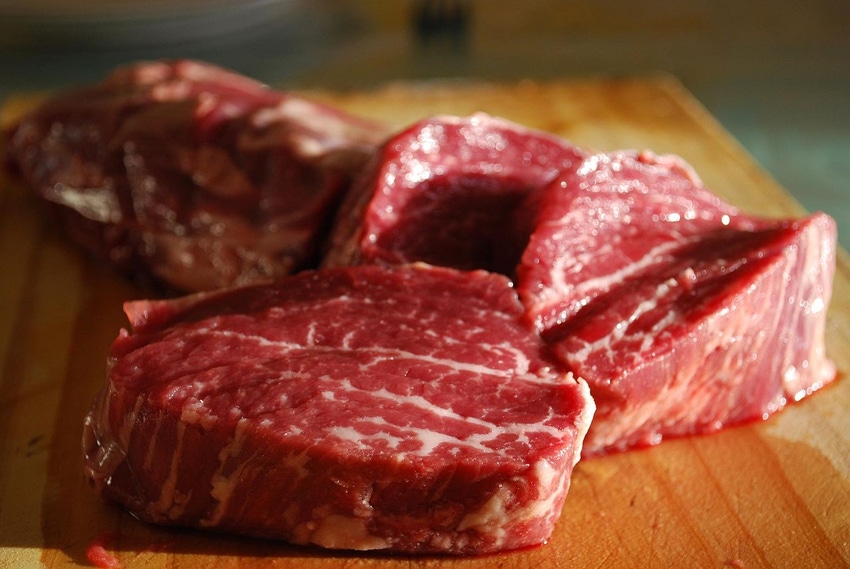Who is today’s meat consumer?
Purchasing trends and expectation of today’s meat consumers.
July 15, 2021

Beef is the protein 46% of consumers are most likely to order on their next foodservice trip. “Consumers missed going to a restaurant and sitting down to eat that incredible steak, so they learned to bring it home,” said Michael Uetz, Midan Marketing principal. Uetz discussed meat consumer purchasing trends and expectations at the recent 2021 Beef Improvement Federation (BIF) Symposium in Des Moines, Iowa.
During his presentation, Uetz explained his company’s meat consumer segmentation study, how the COVID-19 pandemic changed meat consumers, and the expectations today’s consumers have for the meat industry.
Meat consumer segmentation 2.0
From “Protein Progressives” to “Aging Traditionalists” to “Wellness Divas,” today’s protein eaters all engage differently with meat. During January 2019, Midan Marketing completed the first Meat Consumer Segmentation Study. The company surveyed a population of individuals to learn their stated behaviors, attitudes and perceptions, with the goal of grouping different consumers that have similar behaviors and attitudes towards meat into different segments. The study resulted in five segments of meat consumers that could not be more different than the next. In September 2020, Midan Marketing did the second round of the segmentation study and found positive increases in consumer demand of meat products, an unintended benefit of the COVID-19 pandemic.
“We conducted this research to understand the perspective when we try to target a consumer, not just looking at general consumers and how they’re feeling. We want to figure out who is your target? What are you producing for? How do we serve up the right product, at the right time, at the right place, with the right messaging for that customer? We need to get more specific with consumers,” Uetz said.
COVID-19 changed meat consumers
Research shows 57% of meat consumers have purchased meat online since COVID-19 began. The demand for butcher boxes and delivered meal kits has more than doubled. With the majority of meals being cooked at home, consumers have more confidence and knowledge of purchasing and preparing meat. Consumers missed their restaurant quality beef, resulting in a significant growth of Prime beef sales in 2020.
“Consumers are craving beef,” Uetz added. “Another unintended benefit of COVID-19 for the beef industry, consumers missed our products. Scarcity creates demand.”
Consumer expectations
Three-quarters of shoppers believe meat belongs in a healthy diet. Uetz explained 91% of shoppers want to see at least one item prominently highlighted on meat/poultry packaging with 57% of consumers want protein identified as an excellent source on packaging. Today, more than ever, producers need to work closely with retailers to ensure they are doing a nice job of representing meat products. Retailers are giving consumers more information through stories and QR codes online, increasing their approval rating. Younger consumers have more trust issues with the food industry, only 33% trust in the food industry.
“Transparency fosters trust – the foundation of strong and lasting affinity for the category and retailer. To gain the trust of consumers, producers need to be proactive, increase our transparency, and talk directly to consumers,” Uetz said.
A strong foundation of trust is built through transparency. Be proactive, increase your transparency and talk directly to consumers to gain their trust.
Uetz summarized: “What are consumers looking for? What do we need to deliver wherever we meet them in their buyers’ journey? Health and wellness, e-commerce, sustainability and transparency, and new technologies, are platforms that we should understand to meet the ultimate goal to earn the trust of the consumer. If they don’t trust us and feel confident in what we’re delivering and believe us, they’re not going to buy our products.”
You May Also Like



